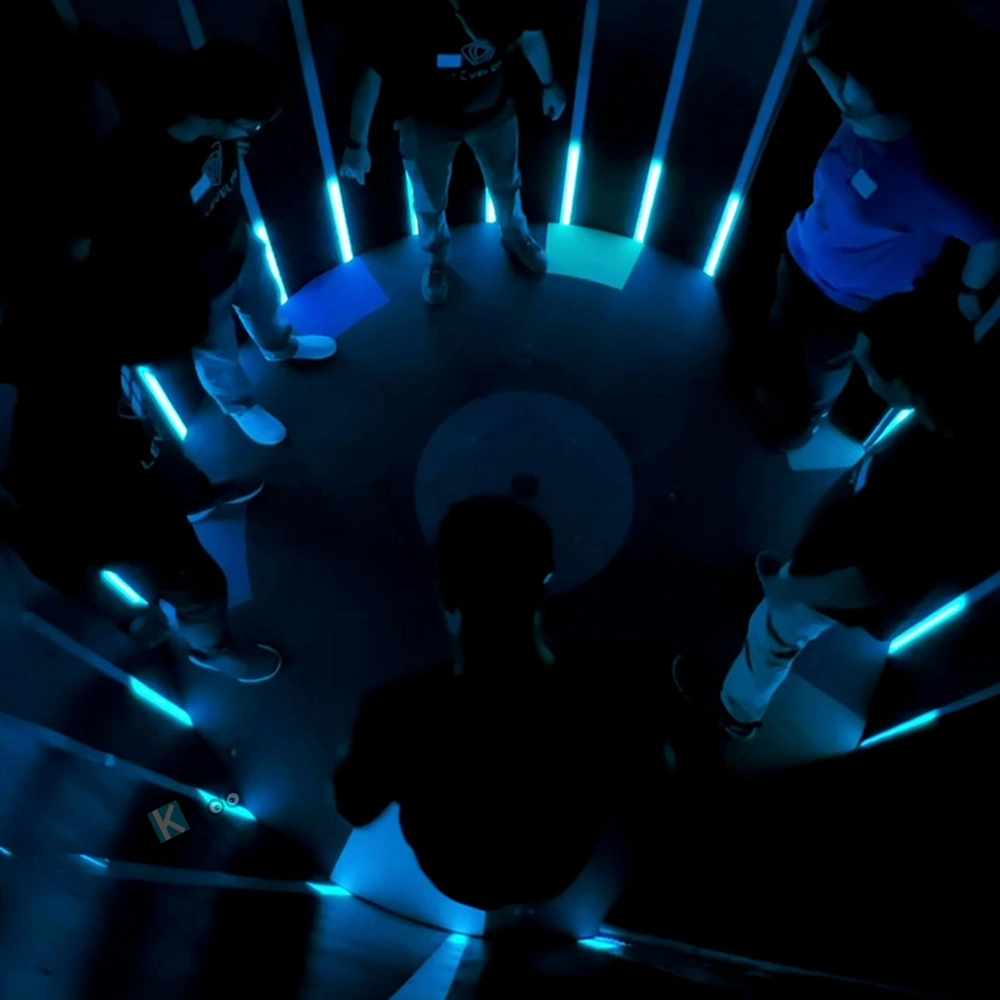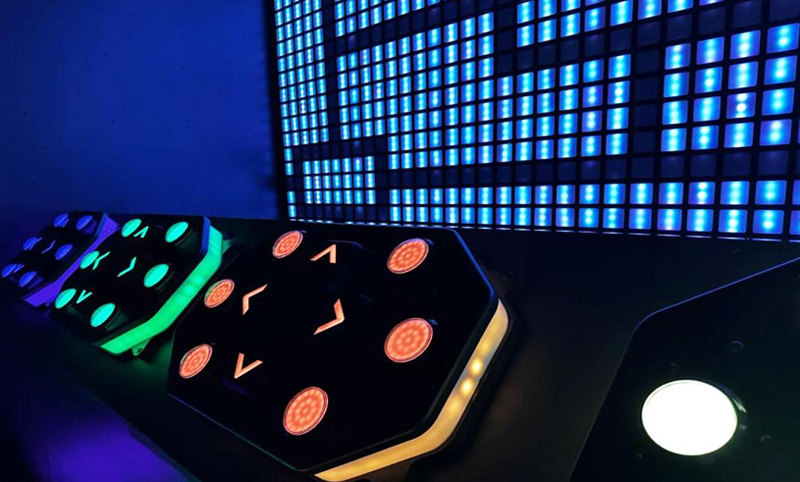The education technology sector is undergoing a paradigm shift with neural-adaptive learning systems that create truly personalized educational experiences through direct neural interface technology. These activategames revolutionary platforms leverage advanced brain-computer interfaces and machine learning algorithms to adapt educational content in real-time based on students’ cognitive states, attention levels, and neural learning patterns.

Cognitive State Monitoring Architecture
Our neural-adaptive system employs non-invasive high-density EEG sensors that monitor brain activity across 512 channels with millisecond precision. The technology tracks neural oscillations, event-related potentials, and functional connectivity patterns to assess cognitive engagement, mental workload, and knowledge acquisition in real-time. Advanced algorithms analyze these neural signatures to determine optimal learning states and identify moments of cognitive overload or disengagement.
The activategames system’s multi-modal sensing platform integrates eye-tracking, galvanic skin response monitoring, and facial expression analysis to create a comprehensive understanding of student engagement. This integrated approach achieves 95% accuracy in detecting learning states and 90% precision in predicting knowledge retention. Early implementations have demonstrated 40% faster learning rates and 60% improvement in long-term knowledge retention compared to traditional methods.
Real-Time Content Adaptation
Dynamic content modulation adjusts learning materials based on continuous neural feedback. When the system detects high gamma wave activity indicating focused attention, it introduces complex concepts and challenging problems. When theta wave patterns suggest cognitive fatigue, it automatically shifts to review materials or interactive exercises. This neural-responsive approach has reduced learning fatigue by 50% while maintaining 85% higher engagement levels.
The activategames platform’s difficulty scaling system uses reinforcement learning to optimize challenge levels based on individual neural responses. By analyzing error-related negativity signals and reward prediction errors, the system can precisely calibrate difficulty to keep students in their optimal learning zone. This approach has increased problem-solving success rates by 45% and improved learning persistence by 55%.
Personalized Learning Pathways
Neural pattern recognition algorithms create unique learning trajectories for each student based on their individual neural processing characteristics. The system identifies optimal learning times, preferred content formats, and most effective teaching styles for each learner. These personalized pathways have shown to increase learning efficiency by 60% and improve subject mastery rates by 40%.

The technology’s cross-domain learning optimization transfers insights from successful learning experiences in one subject area to challenges in other domains. By identifying neural patterns associated with effective learning strategies, the system can help students apply successful approaches across different subjects. This capability has demonstrated 35% improvement in cross-disciplinary learning effectiveness.
Implementation and Impact
Educational institutions implementing neural-adaptive technology report:
- 50% increase in student engagement metrics
- 45% improvement in standardized test scores
- 60% reduction in achievement gaps
- 55% decrease in student frustration levels
- 40% improvement in knowledge retention
- 70% growth in student motivation
Technical Specifications
- Neural Sampling Rate: 2000 Hz per channel
- Processing Latency: <8 ms neural response to adaptation
- Accuracy: 95% cognitive state detection
- Compatibility: Works with standard curriculum materials
- Security: Fully compliant with student privacy regulations
Future Development
Ongoing research focuses on enhanced neural decoding accuracy, improved non-invasive sensors, and expanded subject area applications. Next-generation systems will feature more sophisticated emotional intelligence capabilities and enhanced collaborative learning features.
Global Applications
The technology has been successfully implemented in 15 countries across K-12 education, higher education, and corporate training environments. Localized implementations address regional educational requirements while maintaining core adaptive learning capabilities.
